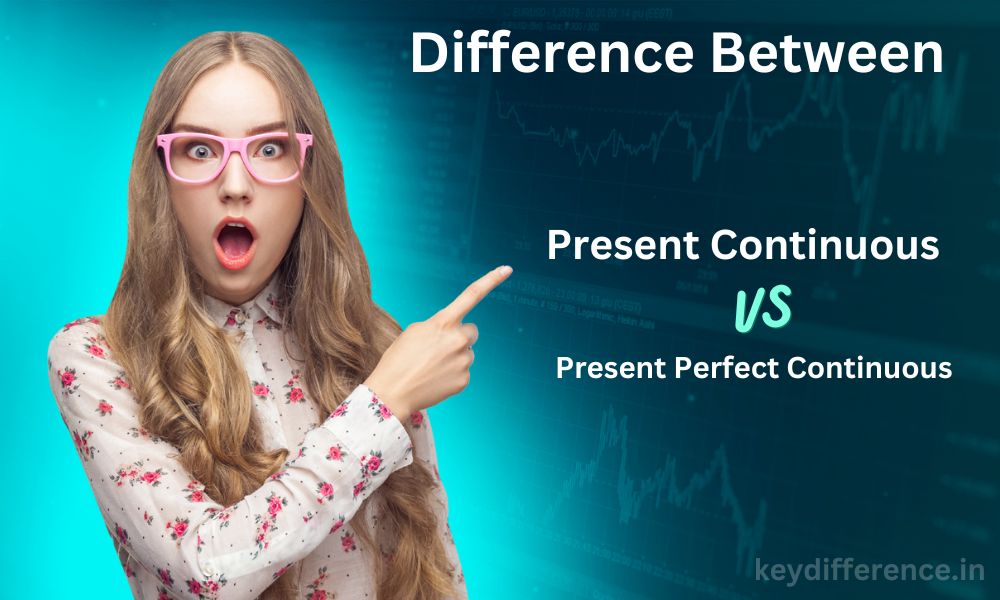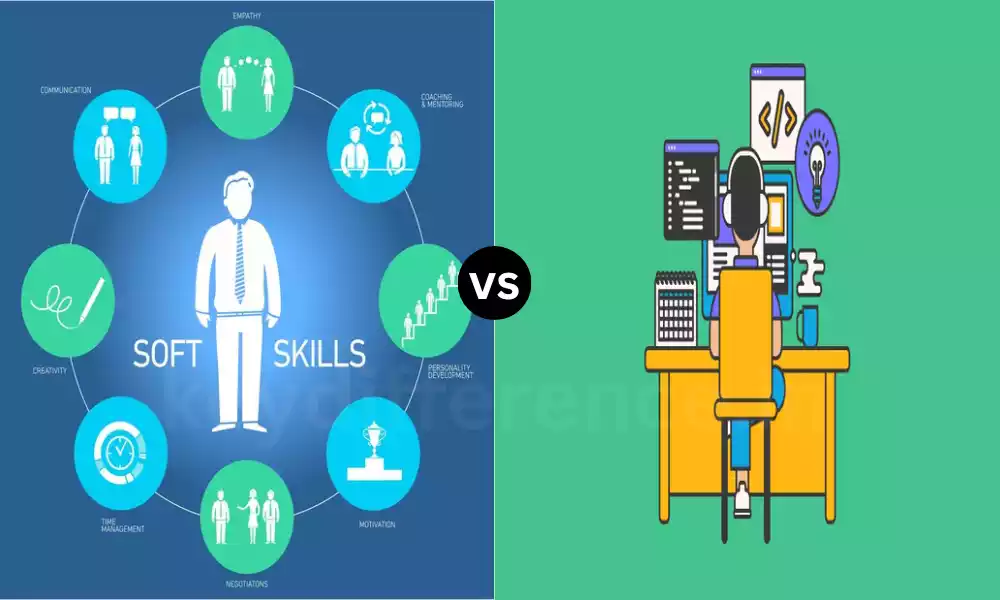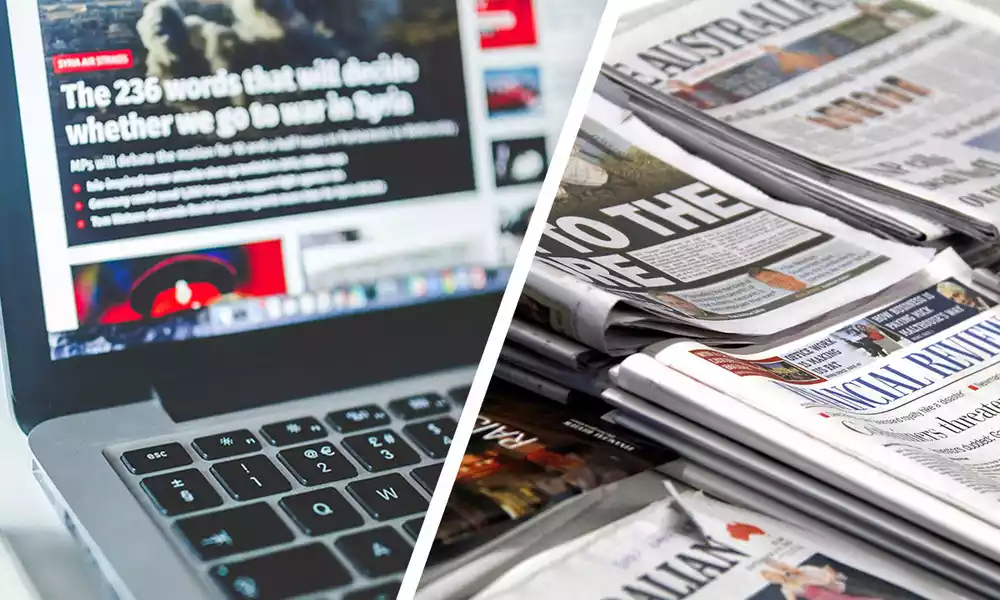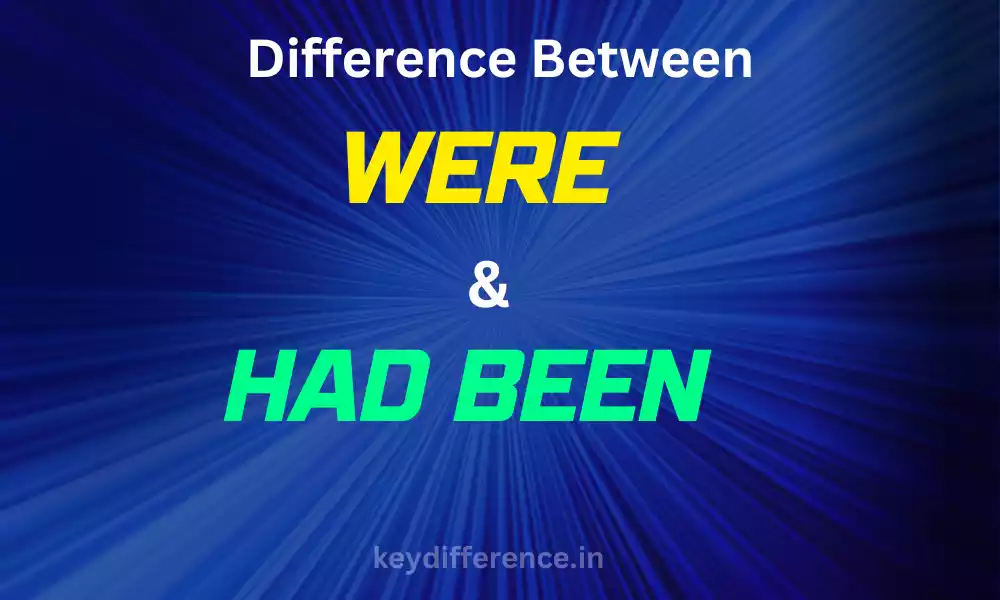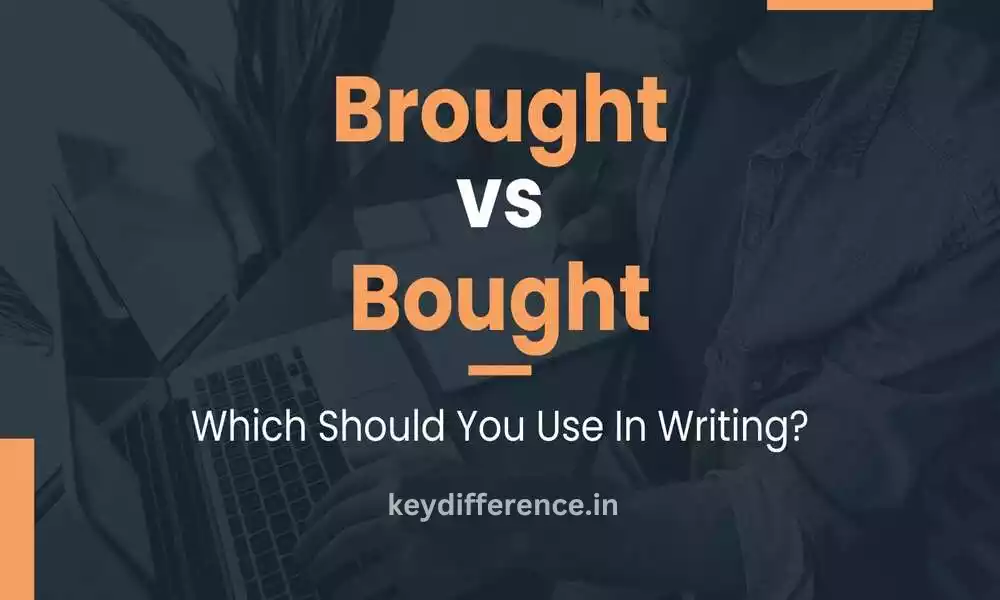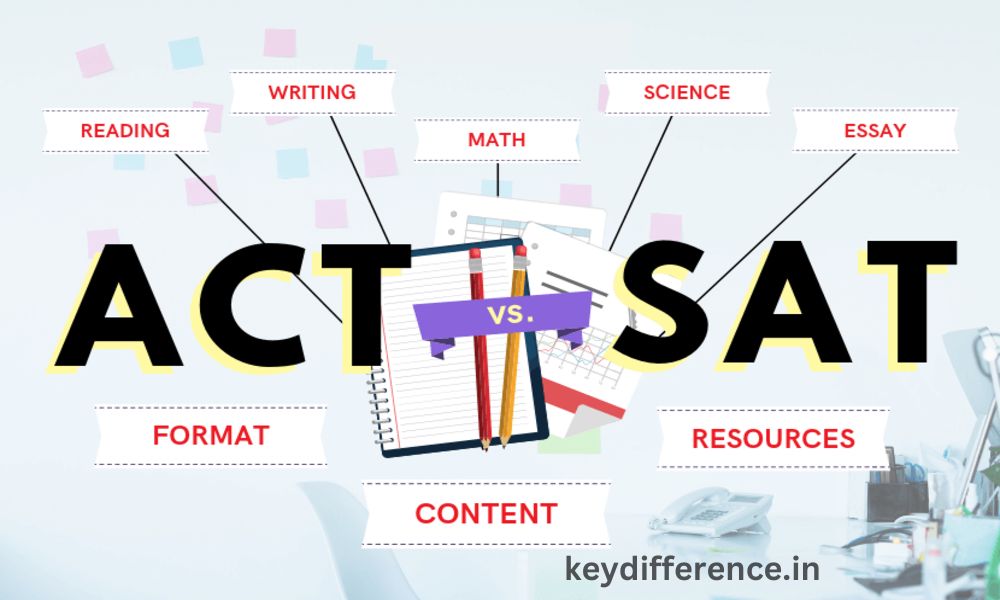What is Present Continuous and Present Perfect Continuous?
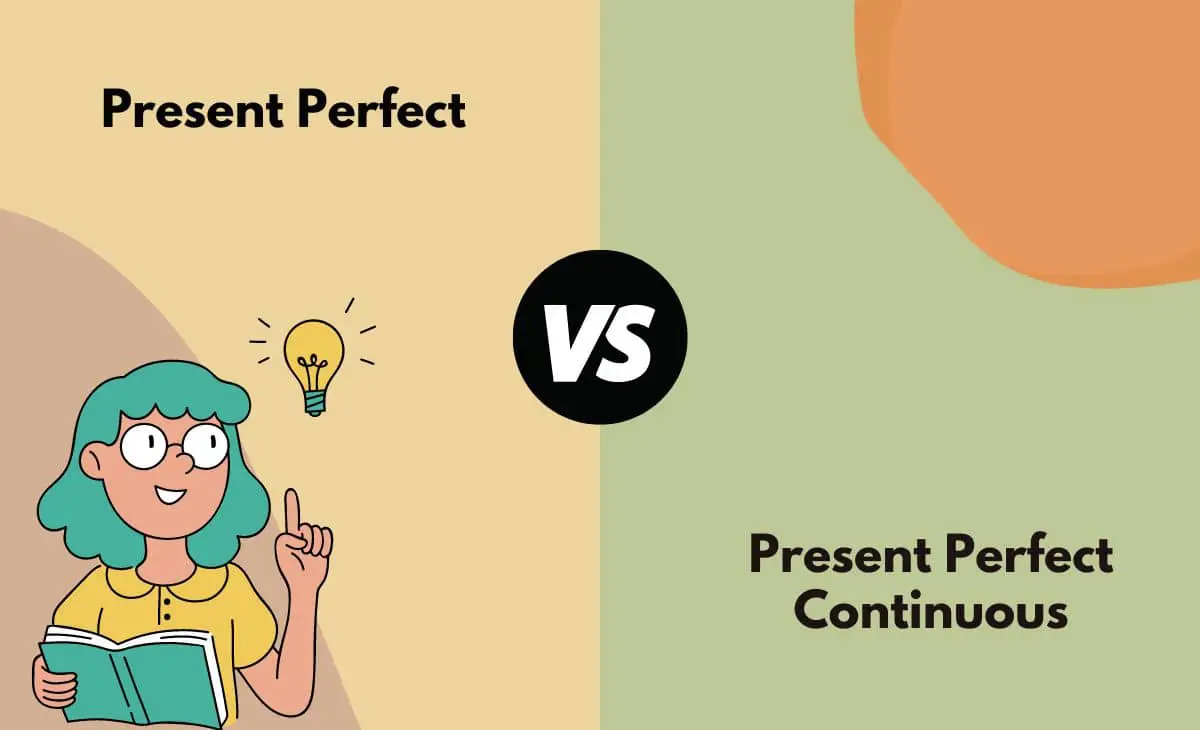
Present Continuous:
Present Continuous (also referred to as Present Progressive) is a verb tense used to refer to actions that are taking place, ongoing or in progress at the time of speaking. To create PC verb tenses it involves using “to be” in the present tense with the main verb ending in “-ing”.
Example: “I am studying for my exam” – Studying is in progress at the time of speaking. Present Continuous is used to describe temporary situations or actions taking place at the moment of speaking, rather than ongoing or habitual actions. It can also be used for discussing future plans or arrangements.
Present Perfect Continuous:
Present Perfect Continuous, also referred to as Present Progressive Tense, refers to verb tenses used to indicate actions that began in the past but are ongoing or have recently been completed.
Present Perfect Continuous Tense Structure is: [Subject] + [Has/Have] + [Been/Being] “I have been studying for my exam for three hours” – in this example, the verb “have been studying” refers to a past-tense action that continues into the present time. Present Perfect Continuous can also be used to describe an action that has recently concluded but still leaves an imprint in the present moment.
“I have been painting the living room walls all day” is an example of a past action with effects that still linger today – this verb “have been painting” refers to actions completed recently and still visible today – such as newly-painted walls.
Overall, Present Perfect Continuous is used to emphasize an action’s duration from its origin up until now or even recently finished, with effects still evident today. It can also be used when speaking of the effects from something that has ended recently but remains present within our lives today.
What are the differences between Present Continuous and Present Perfect Constant?
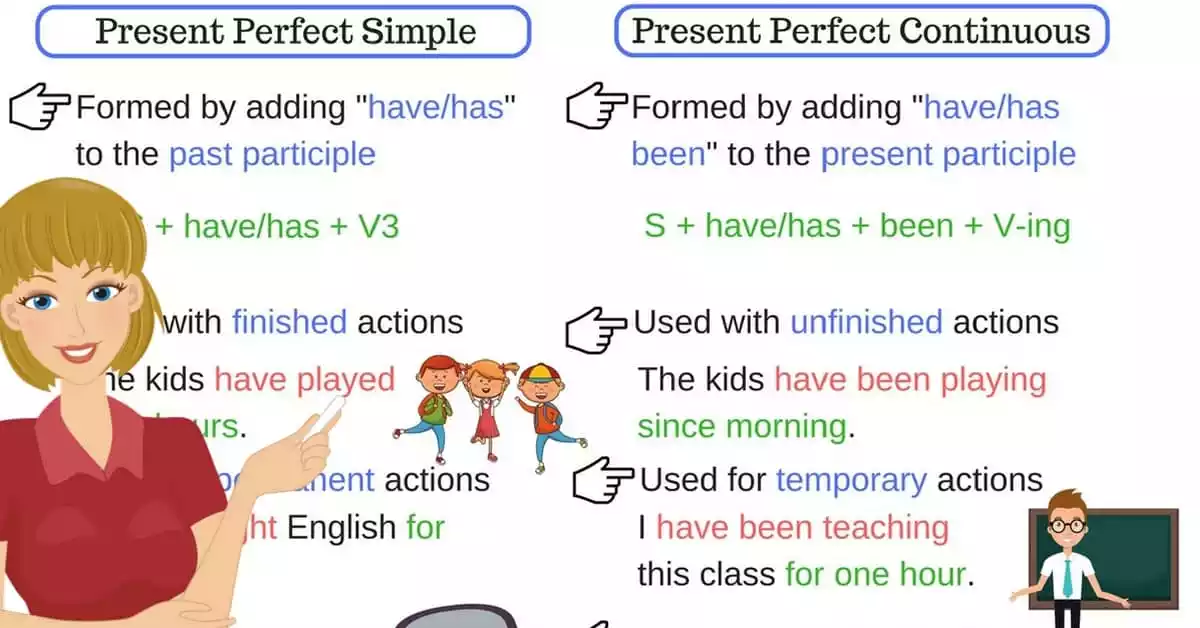
Below are the main distinctions between Present Perfect and Present Continuous:
- Timeframe: Present Continuous refers to actions taking place at the moment of speaking or near its speaker; Present Perfect Continuous describes those which began prior to speaking but continue through to today.
- Present Continuous Example: “Right now I’m studying for an exam.
- Example of Present Perfect Continuous: “I have spent three hours studying for my exam.”
- Focus on Duration: The Present Continuous highlights an action which continues into the present; Present Perfect Continuous emphasizes past activities which continue into the present time.
- An example of Present Continuous is: She is taking a bath.
- Example of Present Perfect Continuous: “She has been showering for 30 minutes.” Present Continuous refers to actions occurring immediately or soon in time, yet not necessarily continuously; Present Perfect Continuous describes continuous actions up until now.
- For example I am playing tennis today with my friend. Historically this would have been called Present Continuous. Ideally it should use Present Perfect Continuous;
- Example of Present Perfect Continued: “For the past two months I have been enjoying playing tennis on every weekend.
- Example(s) of Present Continuous Speech: Ashe is currently reading a book while also listening to music while working. They discuss future plans. Precise Present Continuous: She and Ashe have planned their trip together.
When their plane lands they discuss further plans together. When speaking of Perfect Continuous: They were discussing future plans together but she began reading another book instead! For Precise Perfect Continuous Grammar Practice check this link
I have studied French for two years; she has been playing piano for six. We’ve been waiting an hour now.
The primary distinction between Present Continuous and Present Perfect Continuous is duration: Present Continuous is used to refer to actions underway at present while Present Perfect Continuous includes those which began earlier but continue up to today.
Conclusion
The Present Perfect Continuous and Present Continuous verb tenses in English are commonly used to refer to actions that continue. Present Perfect Continuous refers to actions begun in the past but continuing into present time; Present Continuous refers to events occurring either immediately before speaking or near it;
Present Perfect Continuous emphasizes duration while Present Continuous emphasizes ongoingness or continuity, respectively; both phrases are also often used when planning actions for later. Being aware of their differences will ensure correct usage.

